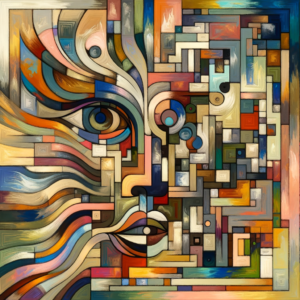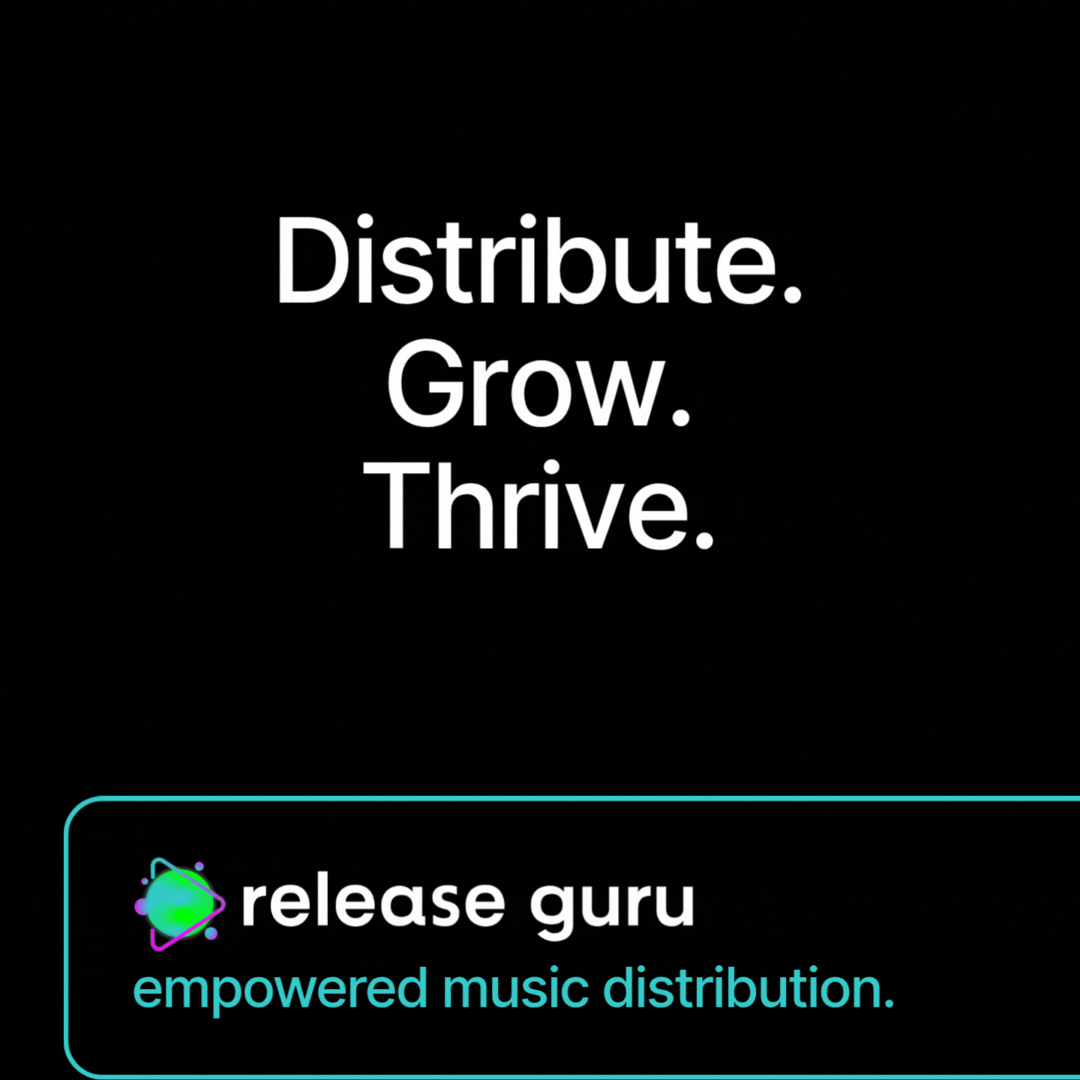> Part 3 of the Diverse Tapestries: Weaving Identity in a Global Age series
The canvas of global media has long been criticized for its lack of diversity, with mainstream portrayals often sidelining minority cultures and perspectives. However, as we delve into Part 3 of our series, “Representation Matters: Visibility and Diversity in Media,” a crucial shift towards inclusivity and authentic representation becomes evident. This installment explores the transformative power of diverse narratives in film, television, and digital content, highlighting the essential role that media plays in shaping cultural identity and societal perceptions.
The journey towards greater representation in media is both a reflection of and a catalyst for societal change. As audiences become increasingly global and diverse, there’s a growing demand for stories that reflect the rich tapestry of human experience. This shift is not merely about visibility but about the nuanced portrayal of diverse cultures, identities, and experiences that challenge stereotypes and foster a deeper understanding of the complexity of human society.
One of the most powerful aspects of improved representation in media is its ability to empower marginalized communities. When people see themselves reflected in stories, it can validate their experiences and aspirations, contributing to a stronger sense of identity and belonging. Moreover, for audiences unfamiliar with the cultures being portrayed, these narratives serve as windows into the lives of others, offering insights that may challenge preconceived notions and cultivate empathy.
Despite positive strides, the journey is far from complete. Ongoing challenges include overcoming industry biases, ensuring diversity in off-screen roles such as writers, directors, and producers, and addressing the economic realities that often prioritize mainstream narratives. Yet, the impact of initiatives aiming to counter these obstacles is undeniable. Film festivals that spotlight minority filmmakers, diversity mandates for major awards, and dedicated funding for diverse projects are just a few examples of how the industry is working to shift the narrative.
The role of digital platforms in amplifying voices from marginalized communities cannot be overstated. Social media and streaming services have democratized content creation, enabling storytellers outside the traditional media system to share their narratives. This has led to a proliferation of diverse content that challenges mainstream media to keep pace with the changing demographics of their audiences.
However, the true measure of progress in media diversity lies not just in numbers but in the depth and authenticity of the portrayals. As media continues to evolve, the push for representation that transcends tokenism and superficial narratives is paramount. The end goal is a media landscape where diverse cultures and identities are not only seen but understood and respected—a landscape that mirrors the complex and interconnected world we inhabit.
“Representation Matters: Visibility and Diversity in Media” invites readers and viewers alike to not only consume content critically but to support and champion media that respects and reflects the diversity of human experience. As we move forward in our series, the next installment will focus on the importance of intercultural dialogue and its vital role in fostering mutual understanding and respect among diverse communities, further weaving the intricate and diverse tapestry of our global identity【12:0†2024-12-09 Wednesday.pdf】.
Recent Posts songplode cultural identity and diversity
- **The Canvas of Identity: The Power of Art in Cultural Expression**Art transcends boundaries, engaging audiences with themes of identity, race, and heritage. This article explores how diverse artistic expressions challenge societal norms and foster cultural dialogue, showcasing art’s transformative power.
- **Voices on the Brink: The Critical Battle for Language Preservation**This article highlights the role of language as a cultural cornerstone and the fight to preserve endangered tongues. It explores global efforts, from Māori revival successes to indigenous preservation, and underscores the significance of linguistic diversity in enriching human culture.
- Navigating the Rivers of Identity: Living in the IntersectionsIn a world of intersecting cultures, identity is ever-evolving. This article explores the complexities of hybrid identities shaped by diverse cultural influences, challenging stereotypes and fostering inclusivity.
- Intersectional Identities: Navigating Complexity and BelongingExplore how intersectionality enriches our understanding of identity by illuminating the layered complexities of race, gender, and religion. This piece champions advocacy for multifaceted identities, fostering inclusive communities.











